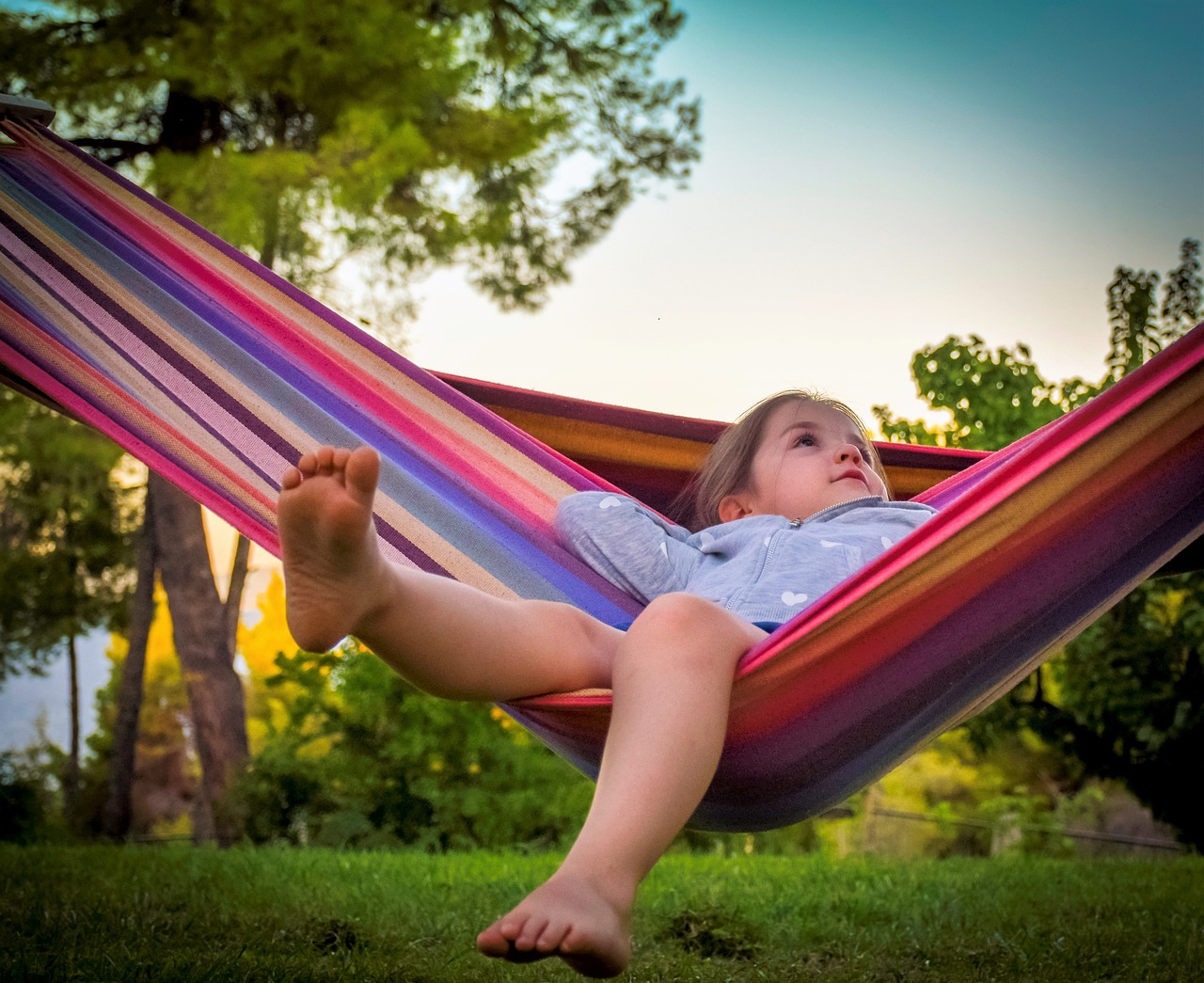Summer is here!
It’s the culmination of hard work by parents, teachers, kids, and caregivers, and, for some, it can be a time of rest, relaxation, and long, lazy days.
Everyone needs a few days to recharge, and there is a temptation among parents and caregivers to allow kids to run wild – set free by the absence of alarm clocks and early bedtimes.
But studies show that extended time with inactivity and scattered schedules can be a detriment to a child’s development. According to an article by Brookings, “summer learning loss” affects 25 to 40 percent of all students.
Learning loss affects kids regardless of race, culture, or socioeconomic status, although those factors affect the severity (Brookings, 2017). For example, children and adolescents from households with a low socioeconomic status report more negative experiences over summer break (Morgan et al., 2019).
According to a study of Welsh children, researchers Morgan et al. (2019) found that some children experience loneliness, poor nutrition, and less activity and social interaction without school. Summer can be more stressful for these kids, leaving them less prepared to start school at the season’s end.
Despite this dour outlook, interventions, a flexible schedule, and participating in summer activities can help children experience the magic of summer and return to school more refreshed and with less learning loss.
For instance, Morgan et al. (2019) wrote that they saw through their study the potential for interventions in “reducing socioeconomic inequalities in mental health and well being on young people’s return to school” (p. 10).
An example of an intervention can be participating in a summer camp.
Not only can summer camps offer a period of activity for children and adolescents, but time at camp has also been credited with teaching lessons that last a lifetime. A study by Richmond et al. (2019) surveyed 352 individuals from 18 to 25 years of age who attended a camp for at least three weeks in their youth and did not work at the camp.
Overall, they found that these individuals reported that from camp, they experienced: the development of independence, perseverance, responsibility, appreciation for differences, and appreciation for being present (Richmond et al., 2019). These camps also provided an opportunity for greater nature appreciation, learning how to live with others and try new things, and the concepts of independence, empathy, and compassion (Richmond et al., 2019).
If camp isn’t an option due to time, financial or other restraints, other activities can keep your child or adolescent’s brain and body active.
The Centers for Disease Control and Prevention (CDC) offers ideas for activities that can keep kids healthy, engaged, and moving. They suggest ensuring children and adolescents get at least 60 minutes of exercise daily; this can be done in various fun and exciting ways, such as learning a new sport or game, exploring nature, or learning a new dance move (CDC, 2023).
Parents and caregivers can also take advantage of community resources such as local libraries and community centers for fun, inexpensive, or free activities. These interactions help maintain social skills and help children learn more about their communities. Other activities to keep the gray cells moving include arts and crafts (use all the mediums! i.e., clay, paints, markers) and puzzles.
A quick internet search can find online resources, too. For nature lovers, for example, the CDC offers a Family Nature Club Toolkit designed to “help you plan and share outdoor experiences with friends and families who are also yearning for ‘more green, less screen.'”
Maintaining a healthy diet is also essential over summer vacation, experts say. To make it more interesting, parents and caregivers can find a new recipe or learn how to grow vegetables (CDC, 2023). Watching a plant grow from seed to produce food can help teach patience and delayed gratification. Both skills are invaluable for setting and meeting goals in other areas of life.
Lastly, experts suggest keeping a regular sleep schedule as much as possible while kids are out of school. The guideline for children 6-12 is 9-12 hours, while teens aged 13-18 should get 8-10 hours of shuteye a night (CDC, 2021). Maintaining these schedules ensures children avoid obesity, Type 2 Diabetes, attention and emotional problems, and even physical injury (CDC, 2021).
Summer can be a great time to make memories and reset. For more information on learning healthy habits for mental health or if you have concerns about your child this summer, you can contact us here.
References
Centers for Disease Control and Prevention. (2021) Do Your Children Get Enough Sleep? [Infographic] CDC.gov. https://www.cdc.gov/chronicdisease/resources/infographic/children-sleep.htm
Centers for Disease Control and Prevention. (2023) Give Your Kids a Healthy Body and Mind This Summer. https://www.cdc.gov/healthyschools/features/active_summer.htm
Morgan, K., Melendez-Torres, G., Bond, A., Hawkins, J., Hewitt, G., Murphy, S., & Moore, G. (2019). Socioeconomic Inequalities in Adolescent Summer Holiday Experiences, and Mental Wellbeing on Return to School: Analysis of the School Health Research Network/Health Behaviour in School-Aged Children Survey in Wales. International Journal of Environmental Research and Public Health, 16(7), 1107. https://doi.org/10.3390/ijerph16071107
Richmond, D., Sibthorp, J., & Wilson, C. (2019). Understanding the role of summer camps in the learning landscape: An exploratory sequential study. Journal of Youth Development, 14(3), 9-30.
Quinn, D. M., and Polikoff, M. (2017) Summer learning loss: What is it, and what can we do about it? Series: Evidence Speaks. (9) 14. https://www.brookings.edu/research/summer-learning-loss-what-is-it-and-what-can-we-do-about-it/





